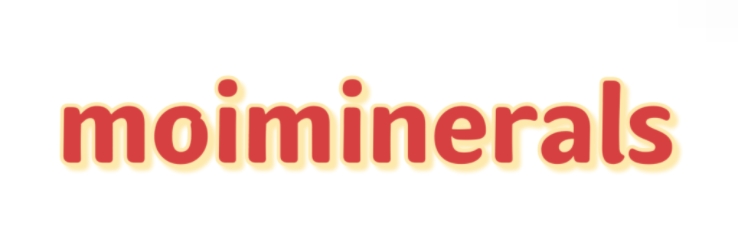Explosive Bonding vs Traditional Cladding: Key Differences Explained
In the realm of materials engineering, the choice of methods for cladding and bonding materials can significantly impact the performance and longevity of products. Among various techniques, explosive bonding and traditional cladding represent two distinct approaches, each with its own merits and applications. Understanding the nuances between these methods can help industries make informed decisions that align with their specific needs.
If you want to learn more, please visit our website Explosive bonding Clad Head.
What is Explosive Bonding?
Explosive bonding is a unique manufacturing process that utilizes controlled explosions to join two or more dissimilar metals. When the explosive charge detonates, it propels one metal toward another at high velocity, creating a metallurgical bond upon collision. This method is particularly effective for combining materials with significantly different physical properties, such as titanium and steel.
Key Advantages of Explosive Bonding
Strong Metallurgical Bonds: The high velocity of the bonding process ensures a robust bond, often surpassing the strength of traditional welds.
Versatile Material Combinations: This method accommodates a wide range of materials that may not bond well using conventional techniques.
Minimal Heat-Affected Zone: Since explosive bonding occurs at high speeds, the heat generated is localized, which reduces the risk of altering material properties.
Cost-Effectiveness for Large Projects: For large-scale applications, explosive bonding can often be more economical, as it requires less labor and can be executed rapidly.
What is Traditional Cladding?
Traditional cladding refers to a variety of methods used to coat one material with another, often for protective or aesthetic purposes. Common techniques include welding, roll bonding, and electroplating. Each of these processes produces a strong layer but may be limited by the types of materials that can be joined effectively.
Benefits of Traditional Cladding
Established Methodology: Many industries have relied on traditional cladding for years, resulting in well-understood practices and expectations about performance.
Variety of Techniques: From fusion welding to mechanical bonding, traditional cladding offers a plethora of methods tailored to different application needs.
Familiar Equipment and Processes: Most manufacturing facilities are equipped with tools necessary for various cladding methods, which simplifies implementation.
Widely Accepted Standards: Traditional cladding methods usually adhere to established industry standards, ensuring compliance and quality assurance.
Key Differences Between Explosive Bonding and Traditional Cladding
1. Process Involvement
Explosive bonding employs a dynamic yet controlled explosion, creating a bond through impact, whereas traditional cladding methods generally rely on heat or pressure. This fundamental difference leads to unique results in each case.
2. Material Compatibility
While explosive bonding excels in joining dissimilar metals, traditional methods are often limited to similar materials or those with compatible properties. This makes explosive bonding particularly advantageous in specialized applications such as aerospace and chemical processing.
3. Strength and Durability
The explosive bonding process results in exceptionally strong joints due to the lack of a heat-affected zone, while traditional cladding may introduce weaknesses related to heat or material changes during bonding.
4. Application Areas
Explosive bonding is commonly used in industries where high-performance materials are crucial, such as aviation, military, and nuclear applications. Traditional cladding, in contrast, finds broader use across various sectors, emphasizing protection, corrosion resistance, and enhanced aesthetics.
Conclusion
Both explosive bonding and traditional cladding techniques offer invaluable solutions in the sphere of material engineering. The choice between these methods ultimately depends on specific project requirements, including material types, desired strength, and application considerations. By understanding the distinctions between explosive bonding and traditional cladding, businesses can make more informed decisions, ensuring that the chosen method aligns perfectly with their production goals. Whether prioritizing innovation or relying on proven techniques, the right approach can lead to significant advancements in material performance.
For more carbon steel Clad Plateinformation, please contact us. We will provide professional answers.


